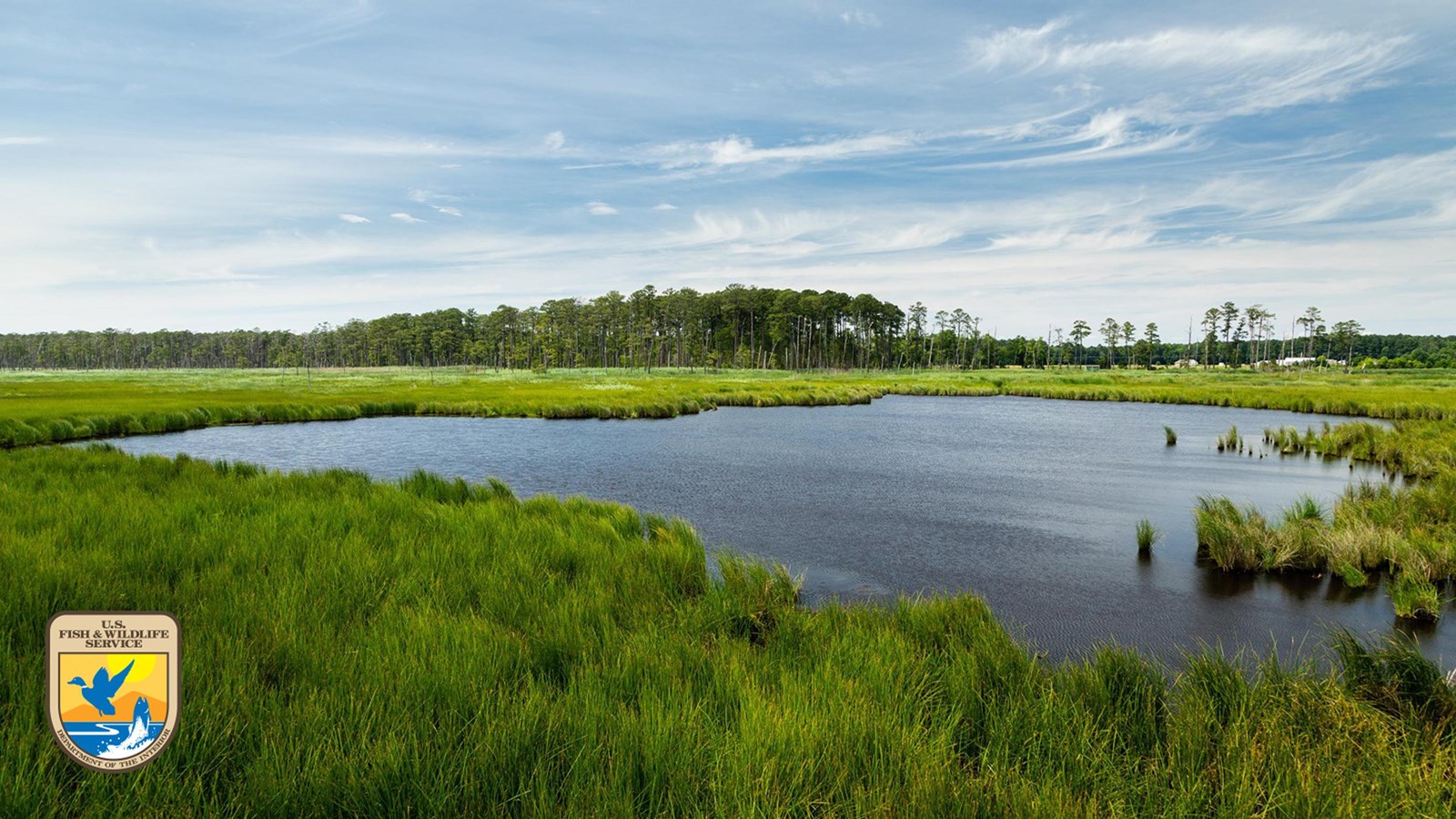Last updated: August 13, 2025
Place
Blackwater National Wildlife Refuge

Chesapeake Bay Program/Will Parson
Accessible Rooms, Accessible Sites, Automated Entrance, Benches/Seating, Bicycle - Rack, Canoe/Kayak/Small Boat Launch, Elevator, Fire Extinguisher, First Aid Kit Available, Gifts/Souvenirs/Books, Historical/Interpretive Information/Exhibits, Information, Information - Maps Available, Information - Ranger/Staff Member Present, Information Kiosk/Bulletin Board, Junior Ranger Booklet Available, Parking - Auto, Parking - Boat Trailer, Parking - Bus/RV, Picnic Shelter/Pavilion, Picnic Table, Restroom, Restroom - Accessible, Scenic View/Photo Spot, Trailhead, Trash/Litter Receptacles, Water - Bottle-Filling Station, Wheelchair Accessible
Managed by the U.S. Fish and Wildlife Service, Blackwater National Wildlife Refuge is a Chesapeake Gateways Network Site that conserves over 30,000 acres of tidal marshes, forests, and wetlands in Maryland’s Eastern Shore. Established in 1933 as a haven for migratory birds, Blackwater remains a vital stopover on the Atlantic Flyway and one of the top nesting sites for bald eagles on the East Coast.
Visitors can explore this dynamic refuge through immersive exhibits at the Visitor Center, which features a second-floor observation deck, pollinator garden, interpretive displays, and orientation film. Exhibits highlight wildlife management, biodiversity, and the cultural legacy of the region, including ties to the Harriet Tubman Underground Railroad Byway and National Monument.
Outdoor opportunities abound with 5+ miles of hiking trails, 17 miles of paddling routes, and the popular 3.6-mile Wildlife Drive. Scenic cycling, birdwatching, hunting, and fishing experiences invite visitors to connect with the Chesapeake’s living landscape.
Blackwater is recognized globally as a Ramsar Wetland of International Importance and an Audubon-designated Important Bird Area. As part of the U.S. Fish and Wildlife Service’s National Wildlife Refuge System, it exemplifies the values of conservation, environmental stewardship, and public engagement within the Chesapeake Gateways Network. Visit the refuge’s website to plan your experience.
